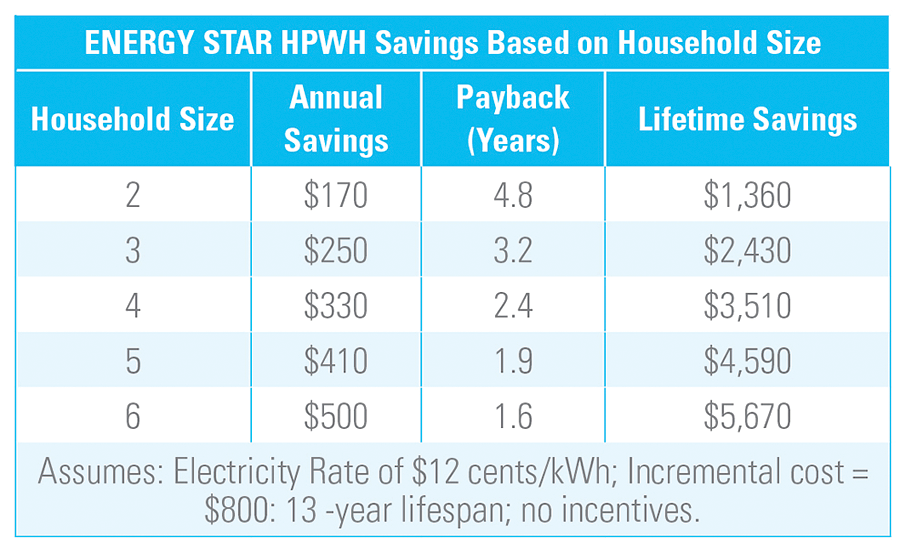No man who owns his own house and lot can be a Communist, claimed William Levitt, who pioneered the modern suburb with the development of the various Levittowns, his famous planned communities. He has too much to do.
But the Levittowns were, with Levitt’s willing acquiescence, segregated throughout their early years

Daisy and Bill Myers, the first black family to move into Levittown, Pennsylvania, were greeted with protests and a burning cross. A neighbor who opposed the family said that Bill Myers was probably a nice guy, but every time I look at him I see $2,000 drop off the value of my house.
The neighbor had good reason to be afraid. Bill and Daisy Myers were from the other side of John C. Calhoun’s dual society. If they moved next door, housing policy almost guaranteed that their neighbors’ property values would decline.
In August 1957, state police pull teenagers out of a car during a demonstration against Bill and Daisy Myers, the first African Americans to Herrin payday loans reviews move into Levittown, Pennsyvlania.
Whereas shortly before the New Deal, a typical mortgage required a large down payment and full repayment within about 10 years, the creation of the Home Owners’ Loan Corporation in 1933 and then the Federal Housing Administration the following year allowed banks to offer loans requiring no more than 10 percent down, amortized over 20 to 30 years. Without federal intervention in the housing market, massive suburbanization would have been impossible, writes Thomas J. Sugrue, a historian at the University of Pennsylvania. In 1930, only 30 percent of Americans owned their own homes; by 1960, more than 60 percent were home owners. Home ownership became an emblem of American citizenship.
That emblem was not to be awarded to blacks. The American real-estate industry believed segregation to be a moral principle. As late as 1950, the National Association of Real Estate Boards’ code of ethics warned that a Realtor should never be instrumental in introducing into a neighborhood … any race or nationality, or any individuals whose presence will clearly be detrimental to property values. A 1943 brochure specified that such potential undesirables might include madams, bootleggers, gangsters-and a colored man of means who was giving his children a college education and thought they were entitled to live among whites.
The federal government concurred
It was the Home Owners’ Loan Corporation, not a private trade association, that pioneered the practice of redlining, selectively granting loans and insisting that any property it insured be covered by a restrictive covenant-a clause in the deed forbidding the sale of the property to anyone other than whites. Millions of dollars flowed from tax coffers into segregated white neighborhoods.
For perhaps the first time, the federal government embraced the discriminatory attitudes of the marketplace, the historian Kenneth T. Jackson wrote in his 1985 book, Crabgrass Frontier, a history of suburbanization. Previously, prejudices were personalized and individualized; FHA exhorted segregation and enshrined it as public policy. Whole areas of cities were declared ineligible for loan guarantees. Redlining was not officially outlawed until 1968, by the Fair Housing Act. By then the damage was done-and reports of redlining by banks have continued.
The federal government is premised on equal fealty from all its citizens, who in return are to receive equal treatment. But as late as the mid-20th century, this bargain was not granted to black people, who repeatedly paid a higher price for citizenship and received less in return. Plunder had been the essential feature of slavery, of the society described by Calhoun. But practically a full century after the end of the Civil War and the abolition of slavery, the plunder-quiet, systemic, submerged-continued even amidst the aims and achievements of New Deal liberals.
